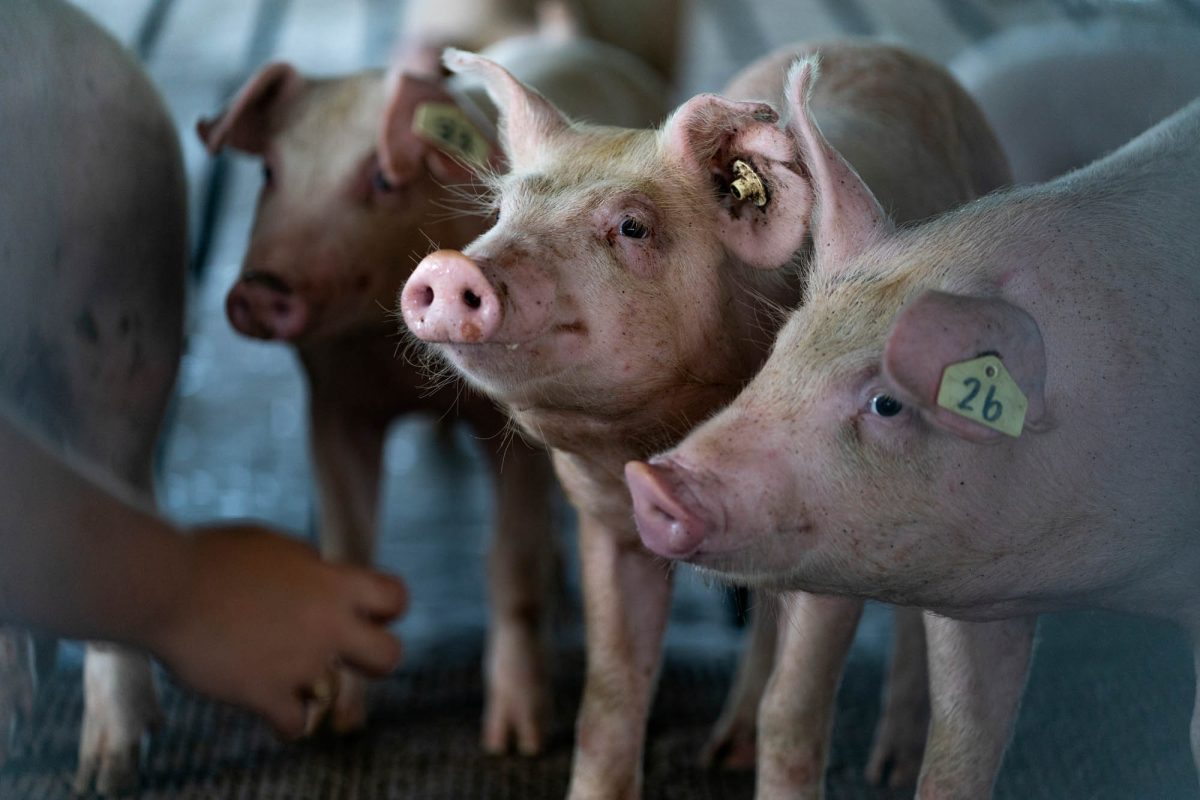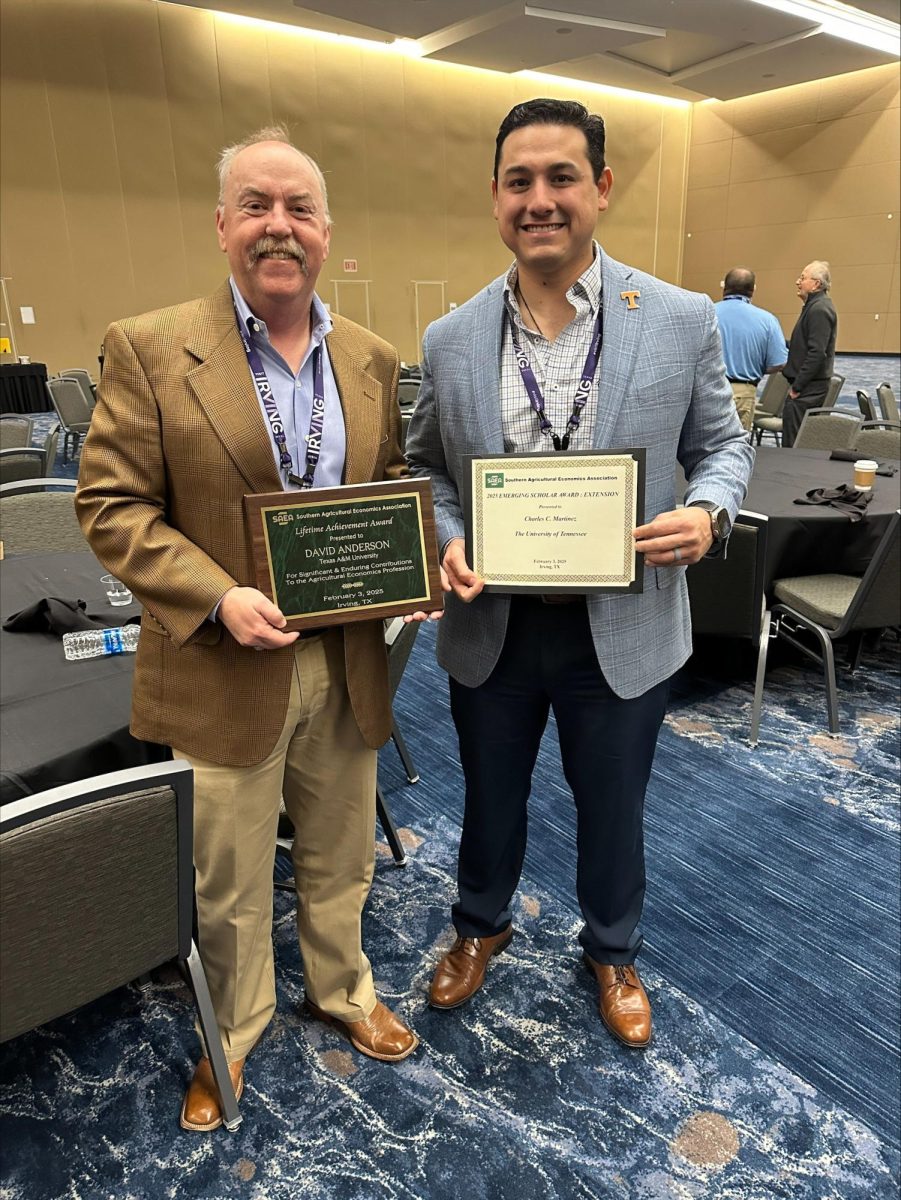Molly the Cow, the official symbol of the city of Fort Worth, has found trouble with the University of Texas (UT) at Austin for appearing – too burnt orange. The city called “Cowtown” seems to have gone wrong in celebrating its heritage.
In recent weeks, Fort Worth has come under fire from the University of Texas and its supporters who feel that Molly, the city’s brown cow logo, bears too close a resemblance to Bevo, the burnt orange mascot from the UT. UT claims that last football season, people started confusing the two logos, prompting a discussion between the University of Texas’s trademark lawyer and the city of Fort Worth.
The result of this confusion is an agreement between the two sides that Molly will never appear without the words “Fort Worth” above her brown horns. Fort Worth maintains that the most important distinction between the two logos, besides the noticeable difference in shape and design, is the color. Molly has a deep brown hue, historically significant for the color of the city’s old, brick streets, and Bevo is burnt orange, UT’s trademark. Fort Worth acknowledges that in the latest round of Molly printings on coffee mugs and city letterheads, the color appears more orange. But this was never the intent of her design.
Color dispute aside, Fort Worth has a right to this logo as much as any school, city or state in this country. UT is out of line in its attacks on Molly, and their revenue-driven interests overlook the symbolism and heritage the longhorn represents for the city of Fort Worth.
The longhorn has been an unofficial symbol for Fort Worth and Texas for many years. The tradition dates back to the 1870s and the beginning of the stockyards, cattle drives and the Chisholm Trail. The history of Fort Worth has been called the history of the American southwest, and, in the words of Will Rogers, Fort Worth is “where the West begins.”
After the Civil War and as Fort Worth began to grow into more than a frontier outpost, the city became a hub for the cattle business. Cowboys and cattle buyers gathered there to trade, and Fort Worth became the starting point for a trail that drove longhorn cattle into Kansas. Fort Worth has been the primary slaughtering, packing and shipping center for livestock in Texas since the historic stockyards were built in the early 20th century. Molly was formally adopted two years ago in an effort to preserve the city’s rich history in the cattle business.
The university has approached this from a fiscal standpoint, and Gordon Appleman, a UT alumnus and attorney working on the case, has said, “The university realizes a lot of revenue off the marketing of the longhorn. The University of Texas has patents, trademarks. And when you know something is similar, you need to protect it.”
The longhorn has been the unofficial symbol for the university since 1914, and they are completely just in protecting their interest, but only if that interest is truly threatened. No one has committed trademark violations and there simply has been a misprint that caused Molly to appear a little too orange.
As for the UT, Jim Lane, a Fort Worth councilman who represents the Fort Worth Stockyards, said, “Those people don’t know the difference between a steer and a cow.”
As it appears, this is true. The University of Texas should not be concerned about Molly the cow and her discoloration. The university should look past trademarks and patents and attempt to respect the heritage of a city that may be the reason they were able to choose the longhorn for their mascot. After all, without Fort Worth, where would Bevo be?
Kelln Zimmer is a junior English major.
The Bevo battle
September 19, 2001
0
Donate to The Battalion
$2790
$5000
Contributed
Our Goal
Your donation will support the student journalists of Texas A&M University - College Station. Your contribution will allow us to purchase equipment and cover our annual website hosting costs, in addition to paying freelance staffers for their work, travel costs for coverage and more!
More to Discover









